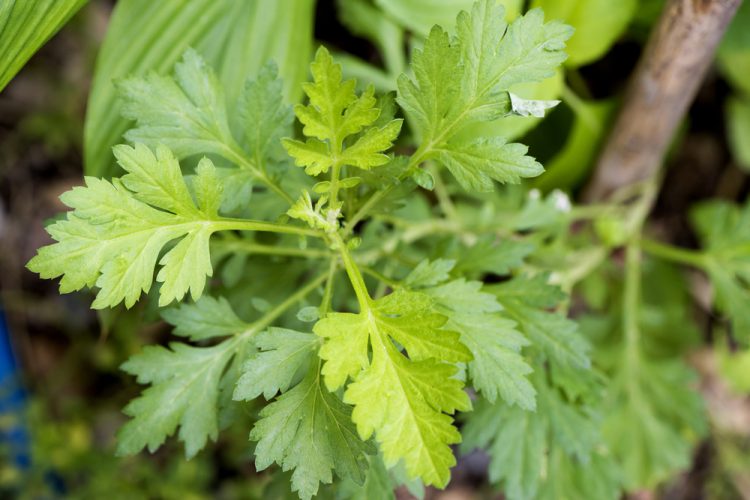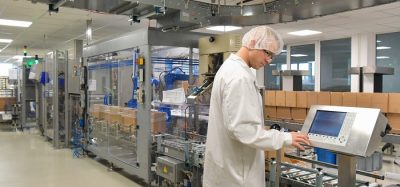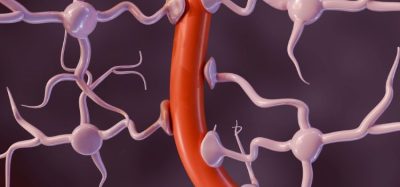New method for producing malaria treatment at large scales
Posted: 8 September 2017 | Dr Zara Kassam (European Pharmaceutical Review) | No comments yet
New research demonstrates that the malaria treatment, artemisinin can now be rapidly produced by genetically engineered moss at an industrial scale…


Artemisinin is generally derived from the plant Artemisia annua, and due to its complex structure, the drug is difficult and not economically feasible to chemically synthesise.
Researchers have introduced five genes responsible for biosynthesizing the precursor of artemisinin, dihydroartemisinic acid, into the moss Physcomitrella patens using multiple DNA fragments.
The final conversion of this acid into artemisinin occurs by photooxidation in the moss cell. As artemisinin is a non-vascular plant its simple structure offers an ideal setting for genetically engineering drugs.
The genetically engineered moss was grown in both liquid and solid media under 24h LED-light.
After only three days of cultivation, the researchers had a substantial initial product: 0.21 mg/g dry weight of artemisinin. By day 12, they had the highest accumulation of the drug.
“This moss produces like a factory,” said Dr Henrik Toft Simonsen, one of the paper’s authors. “It produces artemisinin efficiently without the precursor engineering or subsequent chemical synthesis that yeast and tobacco require. This is what we hope for in science: a simple, elegant solution.”
This research also expands the frontiers of synthetic biotechnology by offering a genetically robust plant-based platform, which can be scaled up for industrial production of other complex, high-value, plant-based compounds. Because P. patens uses light as an energy source it is, in the long run, more cost effective than approaches such as yeast, which must be fed with some form of sugar.
Producing artemisinin from moss in simple liquid bioreactors means that industrial-scale production is easily possible in a cost-effective manner.
The next steps would be to further optimize the process, particularly reducing any unnecessary products and ensuring the metabolic process is as efficient as possible. Also, while it may seem extraordinary to develop a drug in three to 12 days, by comparison, microorganisms can be cultivated in a matter of hours, said Dr Simonsen. Plants simply take longer to cultivate than microorganisms. Even so, this approach has built-in savings: moss does not have to be re-engineered every time; stock cells can be reused.
“It will be a great day if scientists can eradicate malaria worldwide,” said Dr Simonsen. “This is a disease that affects 200 to 300 million people every year. It’s especially deadly for kids.”
The first-choice treatment for malaria is artemisinin – which is used in Chinese medicine to treat fever and inflammation as well as malaria. Before 2001, health care officials around the world administered the drug as a single compound, but this allowed malaria parasites to become drug-resistant. Scientists and medical professionals found, however, that artemisinin can work in combination with two other treatments, mefloquine and chlorproguanil, to attack different aspects of the parasite and ultimately disable it. According to the WHO, the number of courses of artemisinin-based combination therapies procured from manufacturers increased globally from 187 million in 2010 to 311 million in 2015.
But a major problem remains: the supply of artemisinin is not stable or sufficient, and as a result, treatment remains expensive.
Compared to smallpox or typhoid, malaria is proving one of the most challenging human diseases to eradicate – and so remains a real and constant danger to nearly half the world’s population. Twenty years ago, two million people died each year on average from malaria, according to the World Health Organization (WHO). Despite numerous advances in treatment, 212 million cases were reported in 2015 alone and an estimated 429,000 people died from the disease.









